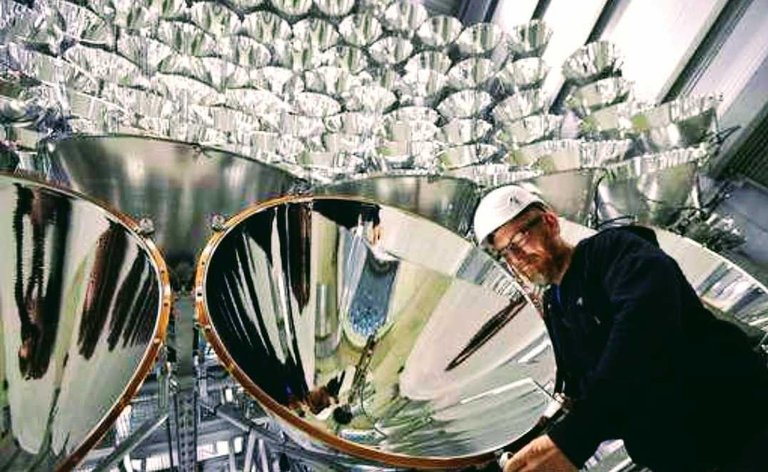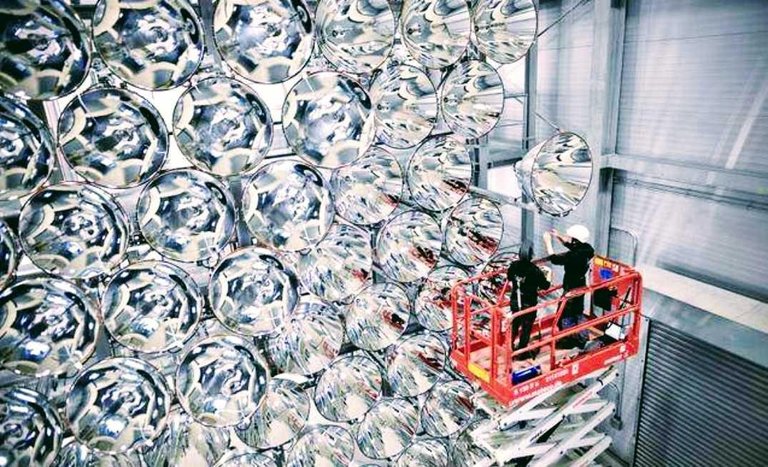
Who would have thought human intelligence has made him always thirst for technological developments. In an increasingly pervasive world of increasingly modern science, scientists in Germany are trying to make artificial Suns to replace solar energy that is sometimes too difficult to exploit to the fullest.

On March 23, 2017, German scientists have turned on the world's largest artificial sun. The project is run by the German Space Center (DLR) named after the Synlight Experiment undertaken in Juelich, Germany. Using 149 specially tailored spotlights and arranged to resemble a honeycomb. The project aims to produce more environmentally friendly fuels.
This artificial sun is not inferior to the real sun because it can produce radiation about 10,000 times greater than the sun emitted by humans on the surface of the earth. The way Synlight works is by turning on the highlight lights focused on a single point. This will produce a temperature of about 3,500 degrees Celsius. If it is measured to be equivalent to three times the temperature heat in the furnace, it is unusually hot.

"If you enter this room when the appliance is turned on, you will burn immediately", says Bernard Hoffschimdt, director of DLR research.
With this research scientists hope to find an appropriate setting to concentrate the natural light of the sun. Later Synlight will be able to serve as a future energy source through the production of hydrogen-based environmentally friendly fuel which will then be utilized hydrogen generated, as a fuel source for cars and / or airplanes.